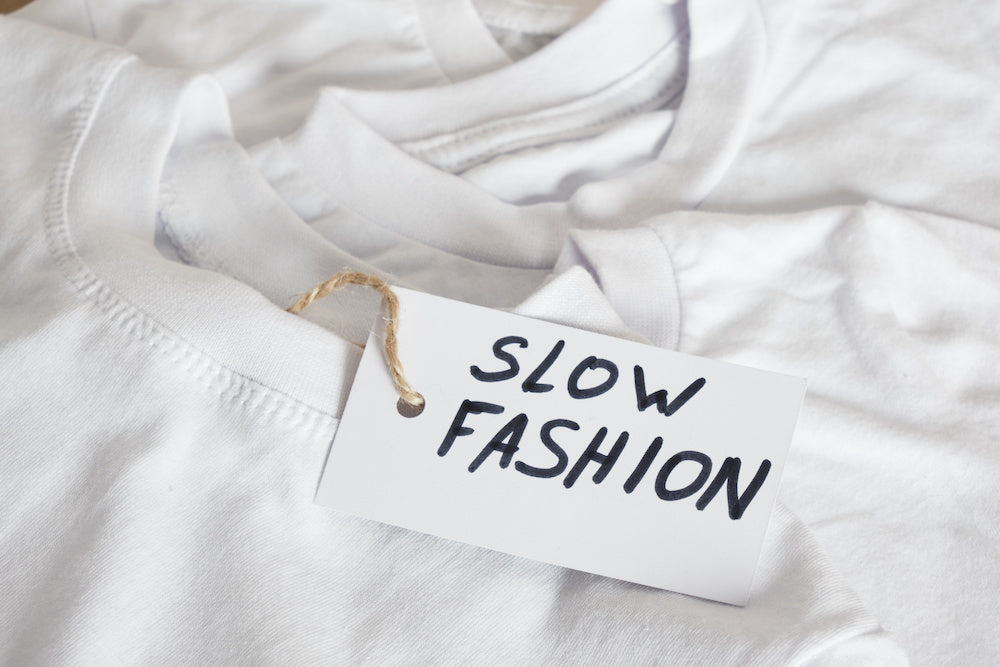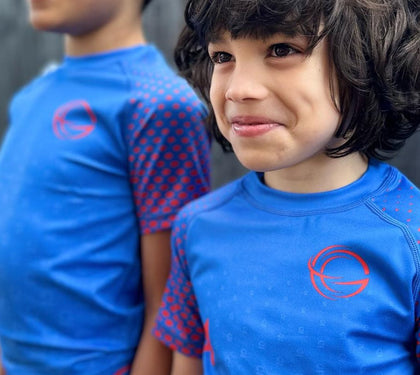If you’ve been a fan of RAINE Clothing for a while, you’ll likely have read some of our blog posts regarding how harmful fast fashion can be to the planet, and the best ways to make eco-friendly swaps for fast fashion clothing.
We’ve always made it a priority to share all the benefits of slower, more sustainable fashion where possible, but there’s no denying that having access to eco-friendly or ethical clothing is a privilege that isn’t available to everyone.
That’s why today, we’re discussing the accessibility of slow fashion and eco-friendly clothing, and how we can all contribute to making sustainable clothing more readily available for everyone.
What are the barriers to slow fashion?
What exactly do we mean when we’re talking about the accessibility of sustainable fashion? Simply put, we’re talking about anything which may make more eco-friendly clothing choices harder for some people to purchase or wear. This can involve a few different types of barriers or difficulties, and it’s these that we’re going to be discussing in a little more detail.
1. Pricing
One of the most obvious concerns, when it comes to sustainable clothing options, is most commonly the price of these more eco-friendly or ethically sourced garments. As we mentioned in our spotlight on organic cotton blog post, because of the different processes involved in creating sustainable fabrics, they can often be slightly more expensive to make, which of course alters the final price of any clothing made with those materials.
Naturally, while this can prevent eco-friendly clothing from being as accessible as we’d all like it to be, the more of us that shop sustainably, the more these ethical fabrics will be made readily available – and the more affordable they’ll become.
2. Sizing
A lot of sustainable or eco-friendly fashion brands happen to be smaller, slightly newer companies – unfortunately, a lot of high street retailers haven’t quite made the change to creating more ethical clothing just yet – and, as a result of this, there are often some limitations on what these retailers can create. When crafting these smaller product lines, for instance, it can be difficult to find stockists who are able to create a wide array of sizes; this means that sizes both smaller than or larger than the current UK average can end up understocked, and may even mean that small businesses have to closely limit which sizes they’re able to go up to. Due to this, sustainable clothing can be very difficult for those who require these sizes, and often may mean that those individuals can’t wear items from those brands at all.
3. Availability
It might seem obvious, but one of the most defining factors of slow fashion, eco-friendly, and sustainable clothing brands is that, as we mentioned above, it tends to be created by small business owners – because of this, a lot of these businesses may have limitations on where they can send their products and garments, as shipping internationally can be expensive when doing so in smaller quantities. This means that a lot of people’s experience of eco-friendly fashion brands can be limited by where they live and which brands are available locally.
How can we make eco-friendly slow fashion more accessible?
Naturally, at RAINE Clothing, we’re all about trying to address as many of the things impacting the accessibility of slow fashion, so that more people can prioritise owning more ethical and sustainable clothing. How do we do this? Simply put, if those of us who are in a position to be able to purchase slow and circular garments start doing so more often, the industry as a whole will be able to become more widely available. It’s pretty simple: if more of us who are able to make conscious, eco-friendly choices and purchase clothes that last, ethical and sustainable fabric becomes more readily available, and slow fashion companies are able to grow and develop, offering more sizing, conscious shipping, and more range in clothing styles. It’s a win/win!
We hope that you’ve found this post useful, and have learned a little about the various barriers to slow fashion, and what we can all do to help make eco-friendly clothing more accessible!
As always, if you have any questions, let us know in the comments below!

























